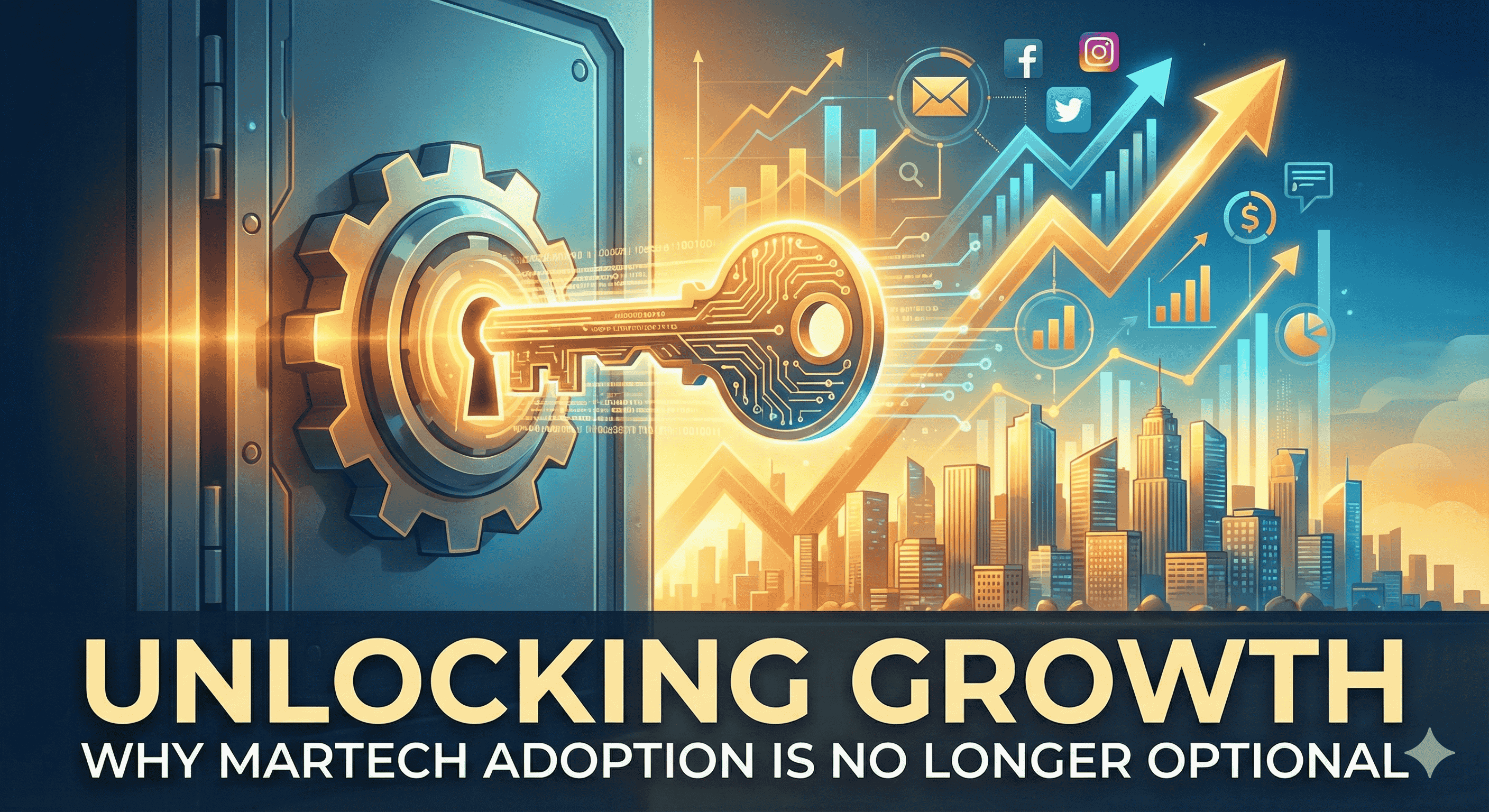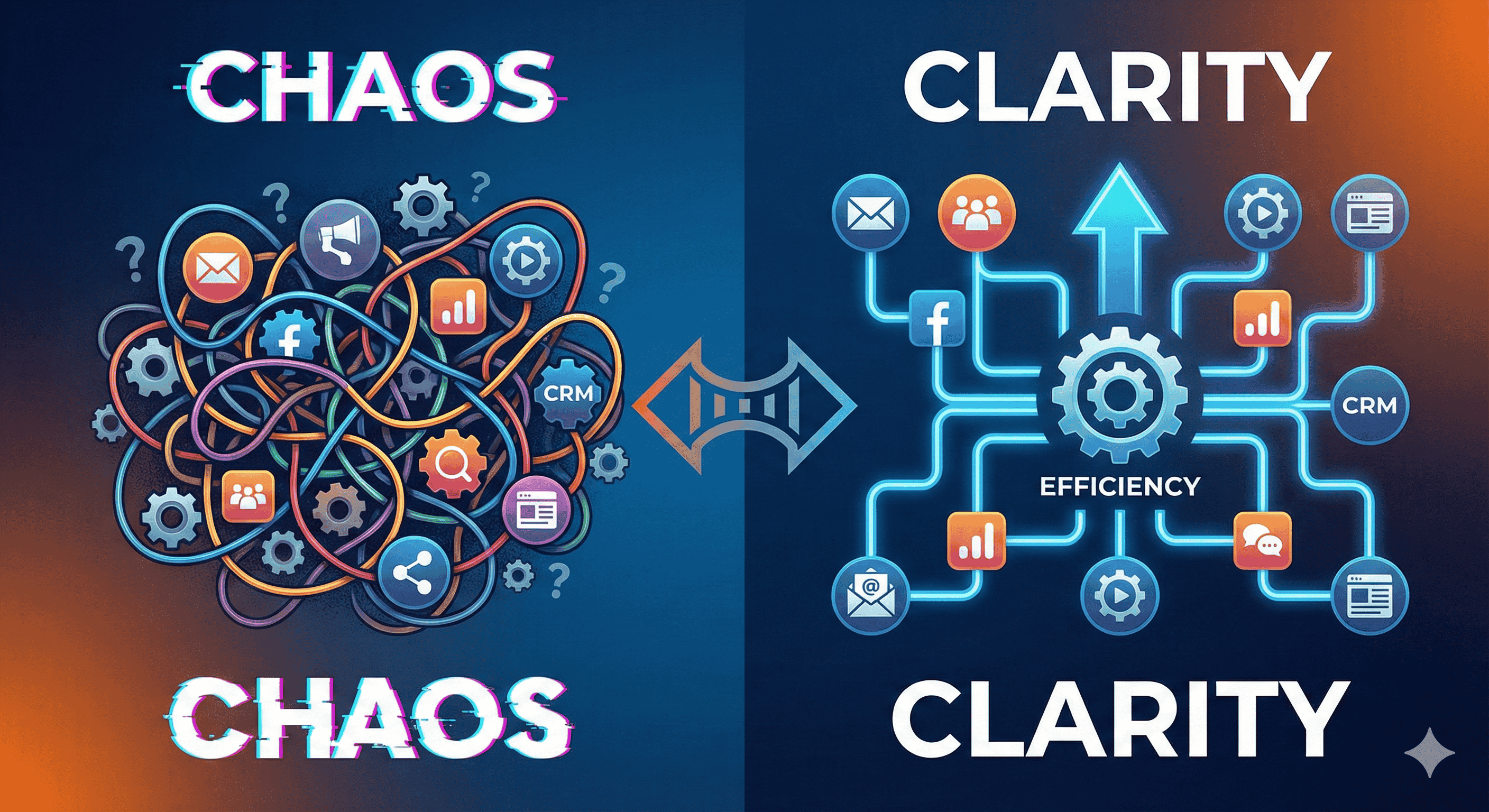In today’s digital landscape, marketers face the daunting task of navigating an ever-expanding array of technologies designed to enhance customer engagement and optimize marketing efforts. The concept of a marketing technology stack, or "martech stack," has become essential for organizations striving to maximize their return on investment while efficiently managing their marketing operations. This guide provides a step-by-step approach to transforming your marketing chaos into clarity by effectively building your martech stack.
Understanding the Martech Stack
Before diving into the steps of crafting your martech stack, it’s crucial to understand what a martech stack is. At its core, a martech stack is a collection of technology tools that marketers use to execute, manage, and analyze marketing campaigns. This may include tools for email marketing, social media management, analytics, customer relationship management (CRM), content management systems (CMS), and more.
While the right mix of tools can significantly boost productivity and decision-making, a poorly configured stack can lead to inefficiencies and wasted resources. The goal is to create a cohesive and integrated environment that empowers your marketing team.
Step 1: Assess Your Current Situation
The first step in crafting your martech stack involves a thorough assessment of your existing technology and processes.
Key Questions to Consider:
- What tools and technologies are currently in use? List all existing tools, their purposes, and assess their effectiveness.
- Where are the gaps? Identify areas where technology is lacking or where tools aren’t serving your needs effectively.
- What are your marketing goals? Clearly outline your short-term and long-term marketing objectives.
Step 2: Define Your Marketing Needs
Once you’ve assessed your current situation, it’s time to define your marketing needs based on your business objectives.
Areas to Focus On:
- Audience Targeting & Segmentation: What data do you need to segment your audience effectively?
- Content Management and Distribution: How will you create, manage, and distribute content?
- Analytics & Reporting: Which metrics are crucial for measuring success? What data do you need to gather?
Defining these needs will guide your selection of tools and technologies.
Step 3: Research Technologies
With a clear understanding of your requirements, start researching available martech options that align with your needs.
Considerations for Selection:
- Integration Capabilities: Ensure that the tools can be integrated with one another for seamless data flow.
- Usability: Look for user-friendly platforms that your team can easily adopt.
- Scalability: Choose solutions that will grow with your business, accommodating increased data and users.
Step 4: Create a Roadmap for Implementation
Craft a roadmap that outlines how you will implement your selected technologies.
Steps to Include:
- Timeline: Establish a realistic timeline for implementing each tool.
- Training Requirements: Identify any training or support your team will need to adopt these new tools.
- Budget: Allocate financial resources, considering both initial costs and ongoing expenses.
Step 5: Integration and Testing
As you start implementing your tools, prioritize integration to ensure a cohesive ecosystem.
Key Actions:
- API Utilization: Leverage APIs for connecting different platforms and ensuring smooth data exchange.
- Testing: Conduct extensive testing to identify any integration issues or gaps in functionality.
Step 6: Monitor and Optimize
The process doesn’t end with the implementation. Continuous monitoring and optimization are critical to ensure your martech stack remains aligned with your goals.
Key Activities:
- Performance Measurement: Regularly assess the performance of each tool and their contributions to achieving marketing goals.
- Feedback Loops: Gather feedback from your team to understand pain points and identify opportunities for improvement.
- Adjustment and Refinement: Be willing to make adjustments, whether that means adding new tools, retiring ineffective ones, or re-training staff.
Step 7: Foster a Culture of Innovation
Encourage a culture of continuous learning and adaptation within your marketing team. Stay updated on emerging technologies and trends in the martech space, allowing your stack to evolve in tandem with the changing digital landscape.
Strategies to Consider:
- Ongoing Education: Invest in training and resources that help your team stay abreast of new developments in marketing technology.
- Collaboration and Brainstorming: Foster an environment where team members can share insights and ideas for leveraging martech tools creatively.
Conclusion
Transitioning from chaos to clarity in your martech stack is a journey that requires careful planning and execution. By following this step-by-step guide, you’ll be well on your way to creating a streamlined and effective marketing technology ecosystem that not only enhances your marketing efforts but also drives measurable results. Embrace the challenge, and watch as your marketing landscape transforms into a well-oiled machine that fosters innovation and growth.







